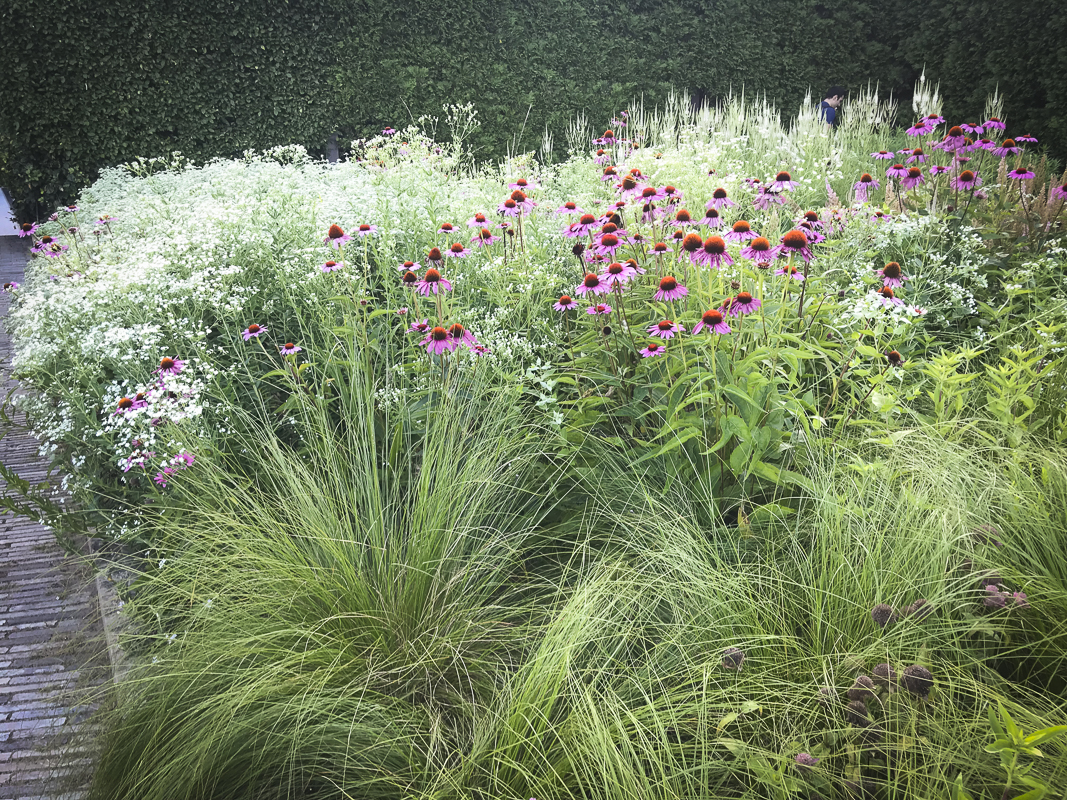
By Melissa Ozawa
Photos courtesy of Izel Native Plants
Izel Native Plants’ guiding principle is “do not harm.” The one-stop shop for native plants works with a carefully selected group of wholesale growers to give gardeners special access to healthy native plants as well as the tools they need to successfully grow them in their landscapes. “All of our plants are nursery propagated from seed or stock that has been ethically collected and grown without neonicotinoids treatments,” says Claudio Vazquez, who with Amanda McClean, are the founders of Izel.
About 15 years ago, the two photographers had both bought homes and were interested in sustainable gardening and native plants. They couldn’t find a lot of information online, let alone retail nurseries where they could buy these plants easily. “We decided if we have this need, other people probably do too,” recalls Vazquez. “We set out to create a website with an online database of native plants, focusing on those horticulturally available.” In 2014, they expanded their site and began selling native plants too.
Sunny yellow golden ragwort (Packera aurea) blooms in spring and makes for a good soft landing when planted beneath a native tree.

Today, they work with a range of wholesalers from the Midwest to the East Coast to offer a wide variety of native plants to retail customers throughout the growing season. “We consolidate inventory from multiple growers online so that it’s easy for the customer to shop,” says McClean. They focus on straight species, but also include a select group of vetted cultivars (no non-native hybrids). Their partners ship plants when they’re healthiest, “growing for strong roots,” says Vazquez, not for showiness right out of the box.
In addition to the native plant database, which includes growing culture information, the website features articles written by experts like recent hire Shannon Currey, on topics such as soft landings, bird-friendly winter plants, and solutions for erosion, to help inspire and educate gardeners. But McClean and Vazquez want to correct a common misconception: Just because a plant is native, it doesn’t mean that it won’t require any care from you. “You still need to pick the right plant for the right place,” says Vazquez. “Observe your site,” recommends McClean. “Look what’s growing well there and in your area, then review the descriptions and the native range maps to see what could work.”

As any gardener knows, gardening involves a lot of trial and error. “I always tell people, I’ve probably killed more plants than most people grow in their entire life,” admits Vazquez. “But in the process, I have gotten to know those plants—what their sweet spots are, what are their failure points. And that has been so important to me as a gardener.” Here, purple lovegrass (Eragrostis spectabilis) puts on a frothy display in mid- to late- summer when it shows off it’s mauvey seasonal colors.
These days we’re all thinking about how to maximize biodiversity and minimize harm in our own yards. Izel is doing their part to make it as easy as possible. As their tagline reads, “Every plant counts. Grow natives.”









